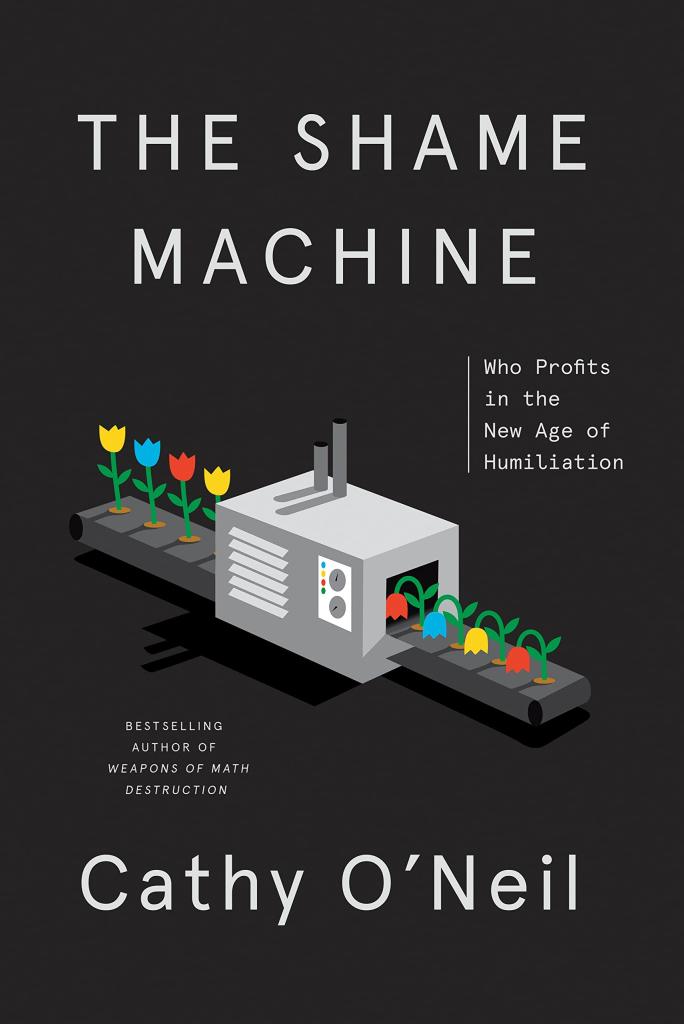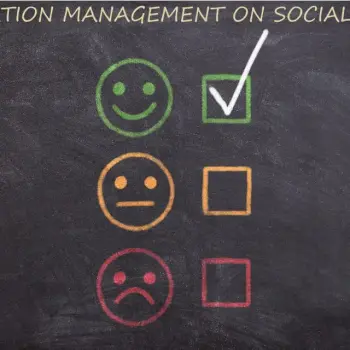No one likes to feel shame. No one enjoys being publicly shamed. And shame can often linger. This is why we create strategies for dealing with it. However, not all of them are equally beneficial. In fact, some are patently harmful. Blame shifting and hiding are among the most well-known of these destructive responses.
Today’s post will highlight two common strategies that have grown increasingly popular in recent years. I’ll mainly focus on the second approach since I’ve written on the first one often and elsewhere.
Strategy 1: Being Shameless
First, some writers attempt to rid the world of shame by encouraging people to become shameless. The primary confusion here is the notion that being shameless makes a person less shameful and, thus, the world a better place.
In reality, being shameless entails lacking sensitivity to moral norms and the opinions of others. A sense of shame can be a natural, healthy response to deviance. Encouraging people to have calloused consciences in no way helps the situation. This approach is a classic case of throwing the proverbial baby out with the bathwater.
Simply because people can weaponize shame does not mean it is entirely destructive or without purpose. What matters is how it is used and the basis of judgments about what is deemed shameful.
Strategy 2: Removing Responsibility
A second strategy is epitomized in Cathy O’Neil’s recent The Shame Machine. I could hardly have been more disappointed with it. The book is plagued with problems, in my opinion, but one of the more serious concerns is her tendency to eliminate shame by removing a person’s personal agency or responsibility.
Whether the topic is obesity or addiction, she repeatedly casts blame on genetics or the environment. Such people are reckoned victims rather than contributors to the issue that elicits shame for them. O’Neil frequently finds someone else to blame, including marketers, corporations, government, and other “systemic” culprits. But, whatever the problem, blame is not laid on the person who feels shame.
We can’t eliminate shame by pinning blame elsewhere, whether parents, corporations, or systems. That’s precisely how shame works—blame-shifting—and it’s always counterproductive. This response perpetuates the lie that our worth depends on minimizing our flaws and failures.
Instead, we combat shame by recognizing that weak, flawed, and sinful people still have worth. This applies to dieters, drunks, and delinquents. The cure is not to render people powerless victims to nature and nurturing.
God Unlock the Door
Let me illustrate with a story (told more fully in the clip below).
By the time my friend John realized he was having a severe allergic reaction, his skin was bright red, and his face looked like a bulldog. Speaking with the 911 operator, his voice cracked as his throat began swelling, each word slowly suffocating him. Help was on the way, but the operator told John he must do one thing before they arrived—go unlock the door.
If he wanted to receive the rescue, he had to go unlock the door. The operator didn’t try to convince John that he didn’t really have an allergy or that he wasn’t dying on the phone as they spoke. She also didn’t scold him but instead told him the responsible step he must take to be saved.
By contrast, some people are so desperate to eliminate shame that they deny the doors that need to be unlocked.
Many unhelpful strategies exist to deal with shame. A popular one is to free people of responsibility by blaming genetics or one’s environment. Sometimes that’s right, but not always. Christians often quote John 3:16 (“For God so loved the world, that he gave his only Son, that whoever believes in him should not perish but have eternal life”), explaining that God loves us just as we are. But this famous verse only tells part of the story of healing.
We must keep reading to John 3:17-18.
For God did not send his Son into the world to condemn the world, but in order that the world might be saved through him. Whoever believes in him is not condemned, but whoever does not believe is condemned already, because he has not believed in the name of the only Son of God.
Jesus acknowledges that some do stand condemned already and that everyone in the world needs saving. Despite this, John 3:16 is true. We can be set free from sin and shame. But we still must place our faith in him, putting our lives in his hands. We must go unlock the door to receive his rescue.
Amid this discussion, let us also remember that social shame is something Christians can and should expect! We can’t get rid of it all. But we can reassess whether we personally feel ashamed for the same reasons that others do. With that point, I’ll close with 1 Peter 4:16, which says,
“Yet if anyone suffers as a Christian, let him not be ashamed, but let him glorify God in that name.”











